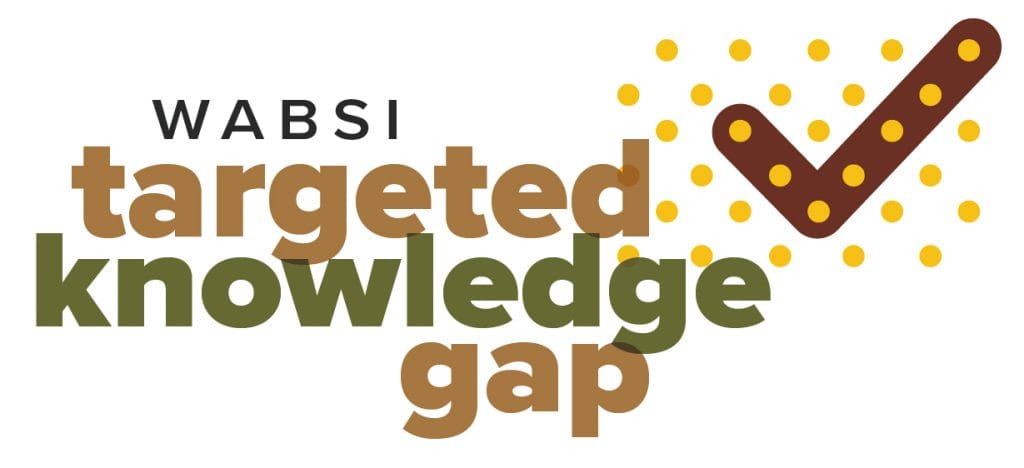Increasing knowledge to mitigate cat impacts on biodiversity: Research Program Focal Area 2 – Improving existing management
Addressing research priorities
Would you like to undertake high-impact research that really makes a difference? WABSI consults extensively with end users and stakeholders to identify priority biodiversity science knowledge needs. This helps us develop timely and relevant programs that address critical needs and have a strong pathway to adoption.
Developing projects that address key end user priorities can help maximise project funding opportunities and will lift the impact of your research.
To work with the WABSI collaboration of partners in addressing priority issues, submit a project abstract. (Please demonstrate a clear alignment with one or more priority knowledge gaps.)

Focal Area 2 – Improving existing management
| OUTCOMES | OBJECTIVES | KNOWLEDGE GAPS |
| The efficacy of options for feral cat management are improved, based on evidence-based prioritisation of optimum methods taking into account local context, resource availabilities and conservation objectives The efficiency and effectiveness of currently available control methods for cats are enhanced while minimising non-target impacts and optimising humaneness Improvements in baiting delivery mechanisms result in less non-target impacts and better uptake by feral cats The extent of land (and the number of wildlife populations) benefitting from effective cat management is significantly increased | Evaluate cat control methods by multiple measures of success, including the welfare of prey and non-target impacts, and provide options for management with a local context Optimise the use of existing control methods by improving the acceptance of lethal baits to feral cats and developing alternative delivery mechanisms, lures and deterrents that enhance feral cat uptake while reducing non-target consumption Enhance existing feral cat management by integrating control measures and indirect land management practices (e.g. fire, grazing management) Quantify the efficacy of Indigenous feral cat control and determine if this knowledge can be integrated into other cat control methods to improve efficacy Establish a clearer understanding of how best to include cat control in integrated management programs for introduced predators | 4. Assessing and prioritising existing control strategies 5. Refining lethal technologies, lures and deterrents 6. Land management practices including Indigenous knowledge 7. Integrated, introduced predator control |